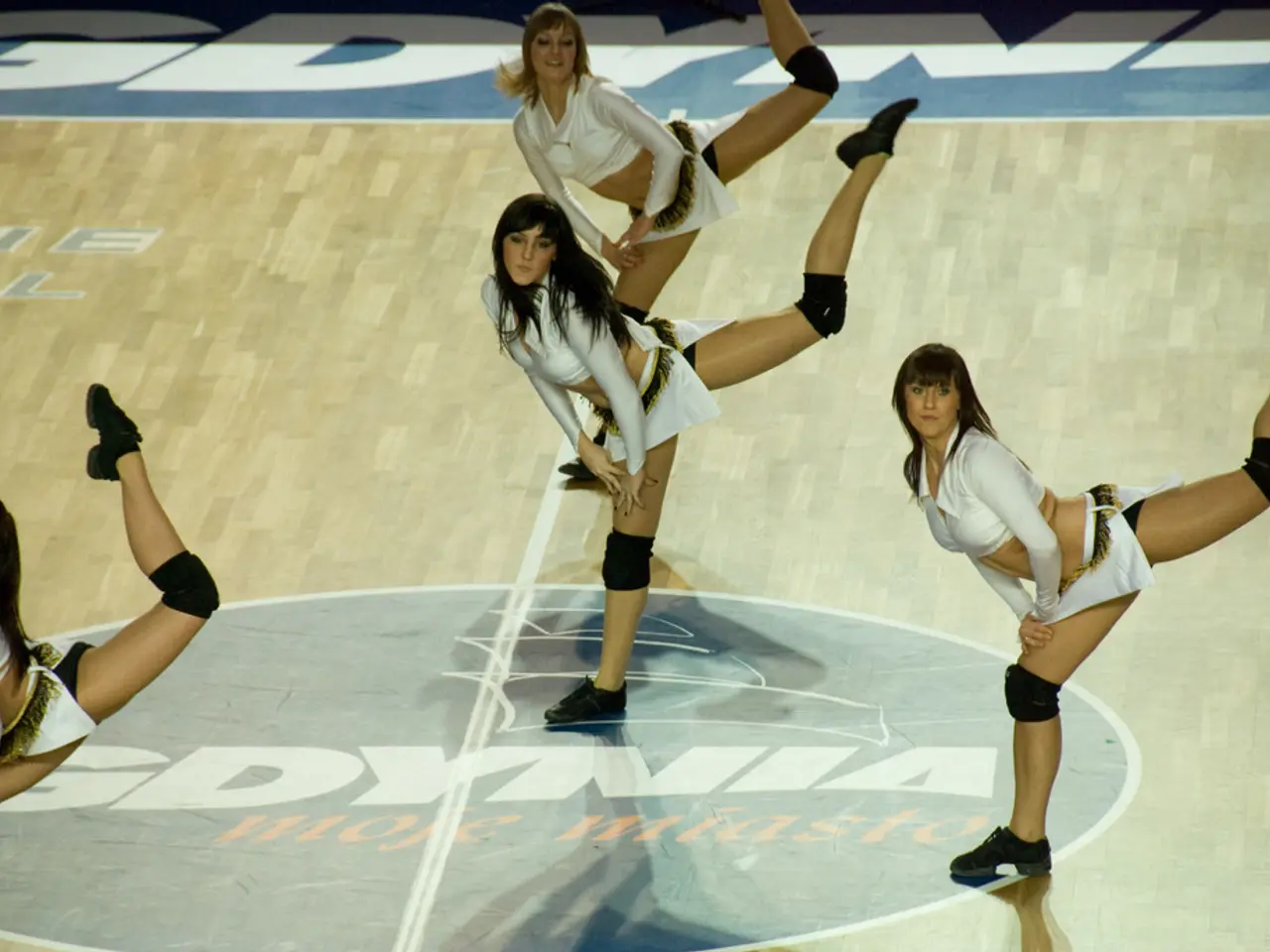Female Athletes' ACL Injuries: Methods for Preventing Injuries, Identifying Risk Factors, and Further Information
In a bid to reduce the risk of ACL (anterior cruciate ligament) injuries in female athletes, the National Athletic Trainers' Association (NATA) has outlined a position statement emphasising a multifaceted prevention strategy. This approach focuses on strengthening neuromuscular control, improving balance, enhancing plyometrics, agility, and core stability.
The strategy recommends a comprehensive exercise program that includes lower extremity strength training, targeting the quadriceps and hamstrings to better absorb impact forces. Plyometric exercises involving explosive movements are also encouraged to improve power and coordination, aiding athletes in landing safely. Balance training, such as single-leg stands and dynamic balance activities, is essential to enhance proprioception and joint stability. Agility training, including sport-specific movement drills, is included to improve reflexes and control. Core stability and Pilates-based exercises are crucial for improving hip control, reducing valgus collapse (knee caving), and promoting proper movement patterns.
This combined approach addresses the deficits often seen in female athletes that increase ACL injury risk. These deficits include poor neuromuscular control, inadequate hip and core stability, and faulty landing mechanics. The emphasis is on functional training that replicates athletic movements, enhancing motor control and reducing injury incidence.
Specifically, training the hamstring muscles may decrease the risk of ACL injury in females by improving the hamstring-to-quadriceps co-activation ratio. However, it's important to note that most ACL injuries are noncontact, typically occurring during deceleration, landing movements, or a change in direction.
When it comes to returning to sport after an ACL injury, individual readiness and test outcomes play a crucial role. Rehabilitation involves bracing, weight-bearing progression, range-of-motion training, neuromuscular and proprioceptive training, muscle strength exercises, power and endurance exercises, and running.
Experts recommend that professionals supervise and implement these training programs to ensure proper feedback and quality movement patterns. Preventive training programs can incorporate a variety of exercises, including leg exercises, core exercises, plyometric exercises, running drills, and flexibility exercises.
While there is no consensus on the specific details and progression of a post-injury rehabilitation program, it's clear that a combination of at least three categories - strength, plyometrics, agility, balance, and flexibility - is beneficial. Factors contributing to higher ACL injury rates in females include joint morphology, family history, hormones, and neuromuscular control.
It's worth mentioning that females tend to activate their quadriceps more than their hamstrings during functional movements, increasing ACL injury risk. Therefore, a balanced approach to training is crucial.
Evidence supports the effectiveness of preventive training programs in reducing ACL injury risk. The NATA position statement underscores the importance of a comprehensive, multi-component approach to ACL injury prevention in female athletes.
- To further reduce risks associated with ACL injuries in female athletes, a focus on strength training for the hamstrings is advised to achieve a better balance between hamstring and quadriceps, thereby potentially decreasing injury occurrences.
- In conjunction with strength training, fitness-and-exercise programs that incorporate elements such as agility, balance, and plyometric exercises aimed at improving coordination, joint stability, and landing mechanics are essential for reducing the risk of ACL injuries in female athletes.
- Incorporating women's health aspects like preventing falls and improving overall health-and-wellness through a balanced exercise program, relying on a multidisciplinary approach that encompasses sports science, fitness-and-exercise, nutrition, and sports medicine strategies contributes to minimizing ACL injury risks in female athletes.




